August 9 - 15, 2015: Issue 226
Traudi Line
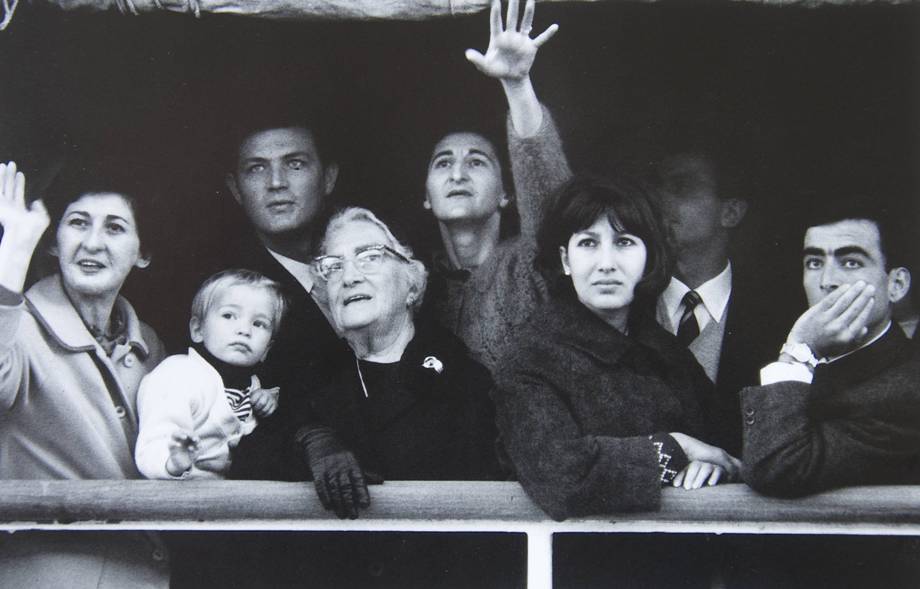
I was one of those many émigrés… this is my story for Pittwater Online News:
When and where were you born?
18th of August, 1940.
Thanks for asking Alison — everyone will know I’m 75 this year ha ha.
I was born in Czechoslovakia — now known as the Czech Republic.
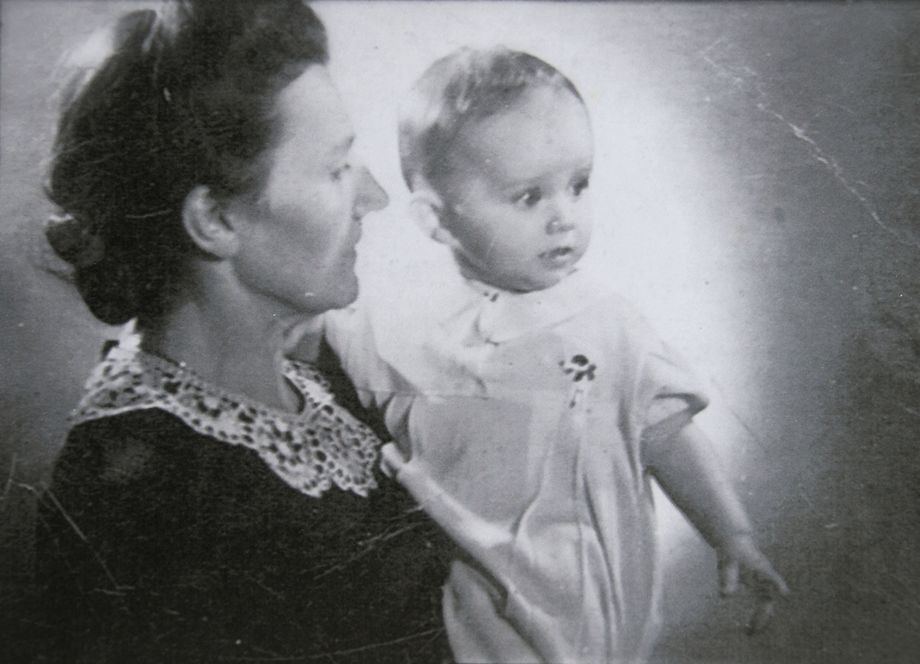
You were forced to leave Czechoslovakia – what happened to cause this?
Well, that part of my life is quite a sad story. I was born in the German Protectorate of Jihlava (German translation: Iglauer Sprachinsel) in central Czechoslovakia. My parents — Elsa and Karl — lived in a rather grand group of apartments owned by my grandfather who was also the Mayor — as you might imagine he, and therefore we, were well respected in the community.
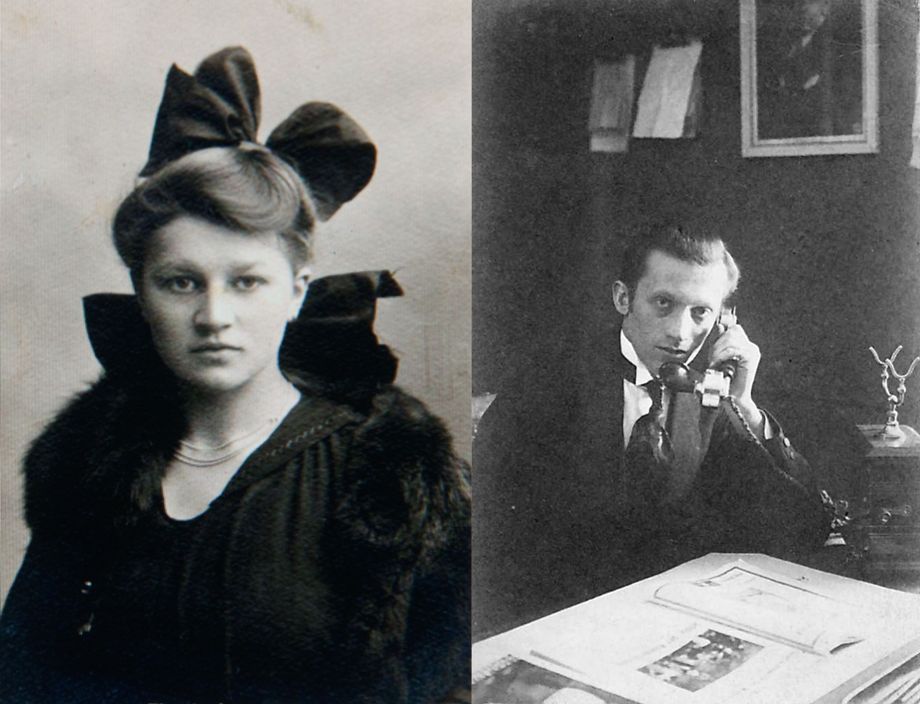
My mother was clearly quite glamorous with high cheek-bones and generous lips — characteristics she passed on to all of us — ‘us’ being five daughters. My father Karl was also handsome, with angular features and a lean athletic physique (he was also a soccer ‘tragic’).
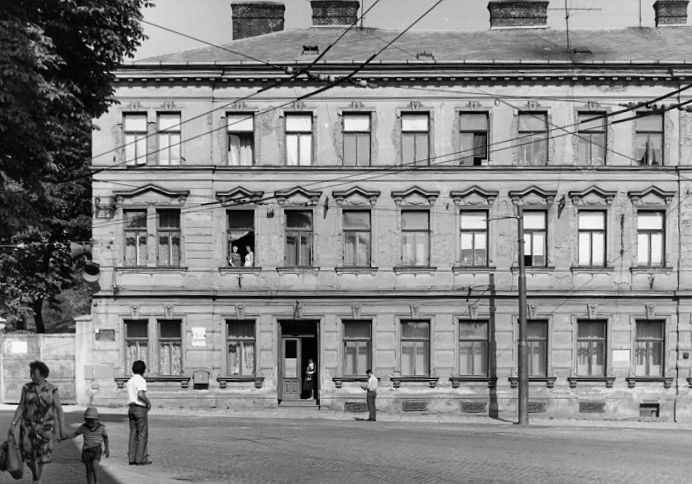
This photograph was taken during the early 1970s (note the TV aerials and the street trolley-car cables.) Such buildings were constructed of masonry, and then plastered with neo-classical details in the manner of an Italian Palazzo. This urban housing form was common throughout Europe. What a vision my Grandfather had! In Australia we’d call it a six-pack or a twelve-pack ha ha.
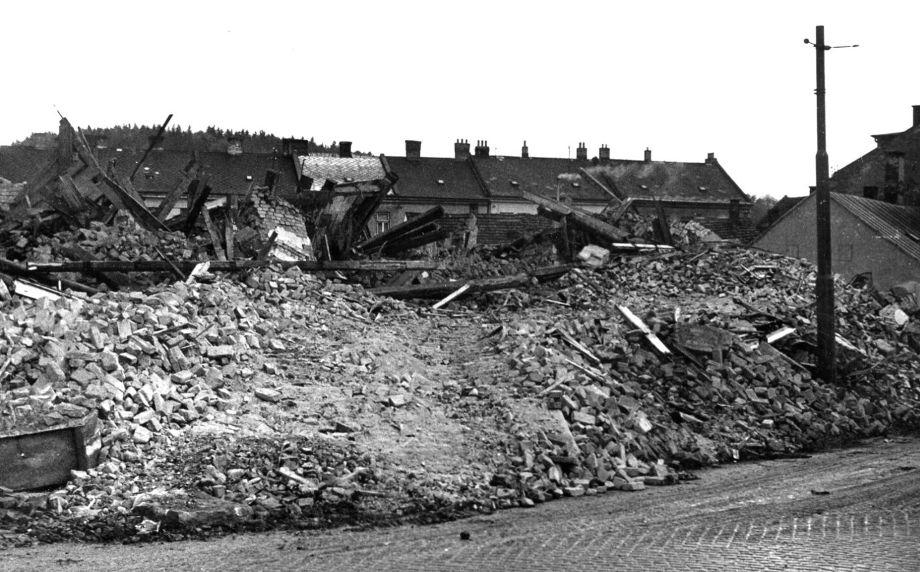
For us, the Russian occupation began on the 8th of May 1945.
My mother, Elsa, married at twenty; she raised five daughters over a twenty-two year period! — and I was the second youngest.
She and her three youngest (3 months, 4 years (me) and 11 years) gathered in the town square with hundreds and hundreds of other women and children. This was the beginning of the forced removal from our homes. With few possessions we all began walking — in what became known as the Death March, to Austria.
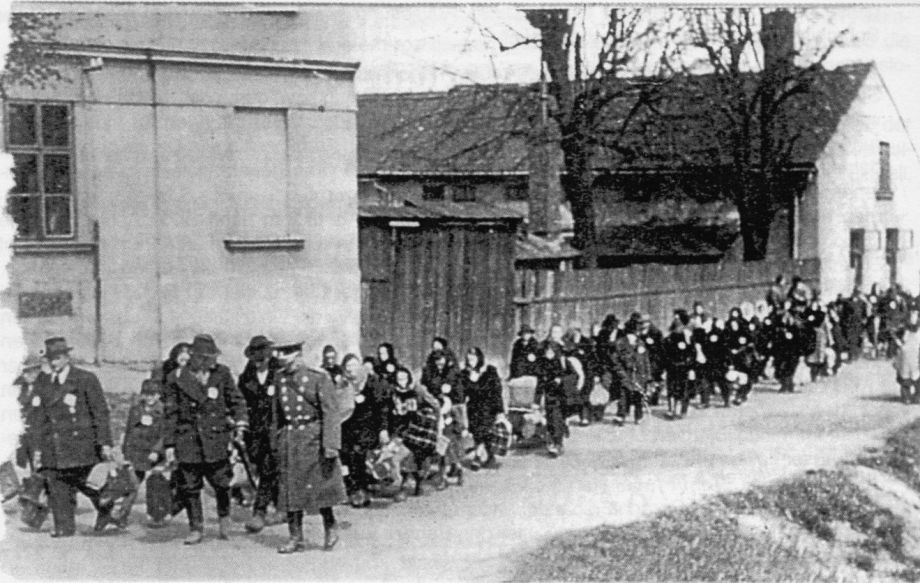
The Death March was particularly traumatic for everyone — and we were no exception. My youngest sister, who was then just three months, was taken virtually from my mother’s breast by a young female Russian soldier. She wanted a living doll! I can still see my dismayed and shocked mother, returning empty handed and tears rolling down her face. Athough I was just four; that moment left a lasting impression on me.
Fortunately there is a happy ending to the story. Six months later the baby (ever known as ‘little Anni’ was found in a crèche in Jihlava — as the abducting soldier could not deal with feeding a six month old baby. Infant food, milk, mother’s milk were all largely unavailable. Through some ‘miracle’ a Czech relative rescued little Anni, and we were re-united in December 1945. However, post-war deprivation continued for many years.
Fortunately my mother’s sister, who was living in Austria, took care of us after the ‘Death March’. We recovered for several months on her farm, and two days before Christmas the miracle-baby arrived. She was just a little skeleton.
Our joy was short-lived. In the first week of January 1946 we were forcibly removed a second time. We were put on covered cattle wagons. The moment must have been terrifying for my mother. The wagons were dark and freezing cold (it was mid-European winter) — as in Doctor Zhivago; not knowing our next destination added to our collective anxiety. My mother was again travelling with three little ones. Our Austrian cousin Franzl came to the railway’s departure point — and as we were loaded into the wagon he said something like: “you can’t take baby Anni with you, she will never survive the journey. We have milk and eggs and everything on the farm, I think you ought to leave her with us.” So we did.
My second eldest sister, who was a school teacher, collected her in 1947 and home came our beautiful little two and a half year old girl. We were forever grateful to ‘Tante Tilde’ (as in Matilda).
What was the walk like – can you remember much of that?
It was Spring when we left on the 8th of May. For what seemed like an ‘endless summer’, we walked through the heat of the day. Every night we camped in sheds with straw to sleep on – it was rough living, and I often heard gun-shots in the middle of the night.
One happy story I remember relates to my birthday on the walk. A tiny chicken was run over by an army truck; my mother (she was pretty forward) cheekily said to the Russian army officer “it’s my daughter’s fifth birthday today. Do you think you could let me have that chicken so I could make a nice meal for her?”
Surprisingly he agreed — and I remember we enjoyed roast chicken cooked on an open fire. Even the little enamel dish she cooked it in remains in my memory. What a treat. These are small things that stand out; they have stayed with me forever.
In retrospect, I so admire my mother’s tenacity; how she had the courage to protect us, to endure the constant fear of the unknown journey is beyond me. She was a real survivor — and went on to live a long life of eighty-nine years in Germany.
Where were you sent when you were put onto the Cattle trucks?
Our ‘rail journey’ ended in suburban Stuttgart in southern Germany. This was to be a new beginning. Initially we were given emergency accommodation — in a kind of sports hall. Everybody slept on mattresses side by side. I recall the terrible conditions – bedbugs and lice. It was dirty and horrible! I don’t remember going hungry at that time but, that certainly happened later.
We were then billeted in a single room with somebody’s family – myself and my then 11 year old sister were with my mother; my two older sisters, one of whom was already married, were placed elsewhere. Whilst the family was split up, we were at least in the Stuttgart area. Ultimately we managed to find each other and gather together again — all except for my father Karl.
My father was taken as prisoner by the Russians – I remember vividly when they came and picked him up from our home in Jihlava in 1945. His imprisonment lasted until August 1950, five and a half years after the war was ‘officially’ over. My father returned a broken man — emotionally, mentally and physically. He subsequently died aged 58. I was 17 and, sadly, hardly knew him.
My two elder sisters were fortunate to attend university and become teachers.
In 1956 (the time of the Melbourne Olympic Games) I completed my School Certificate and began working in Germany.
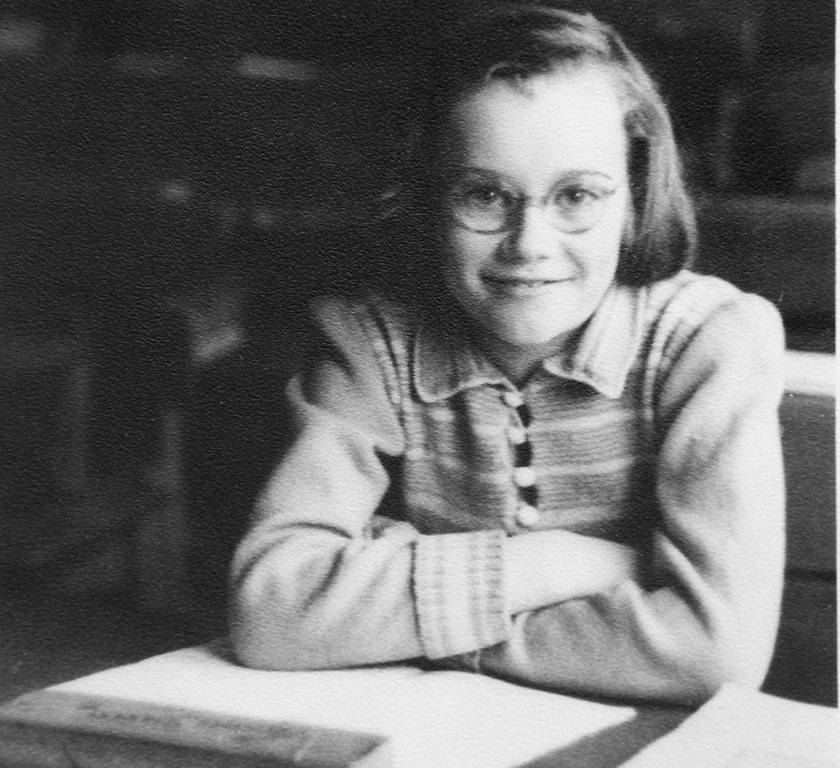
All my wages were added to our meagre family budget.
My first job was with Deutsche Post as a telephone operator. I studied high school English, (as Stuttgart was in an American Zone after the war) I worked in the International Exchange as an telephone operator or ‘Hello Girl’… not a ‘call girl’ ha ha. This position was fun and rewarding — as I always wanted to make use of my second language. Even in those formative years I didn’t see myself staying in Germany.
How long did you work at the International Exchange?
I did this for three years.
With this experience in the English language I was ready to look for greener pastures and independence. My elder sister, (who now has lived in America for nearly 60 years) had previously worked in England as an au pair girl. Her experience prompted me to follow in her footsteps.
What happened then?
I travelled to England through the European Travel and Employment Agency. My first job was with an Austrian-Jewish family just outside of London. My employer’s maiden name was ‘Mahler’ — and she was related to the famous composer, Gustav Mahler. She kept her maiden name, their name was Mahler-Schachter. They lived in Bromley, Kent, in a house named ‘Rosebank’. The house was full of antiques and precious objects — the likes of which I’d never seen before. On one hand I was in awe of all this personal wealth; on the other, the responsibility of dusting and taking care of everything was quite frightening. They also had three lovely daughters who were attending high school; ironically they wanted to learn German from me. Suddenly I was a teacher! Mr and Mrs Mahler-Schachter were both Harley Street dentists — so all the household duties (including meals) fell onto my shoulders. At the tender age of nineteen I found myself working 65 hours a week. So tired, I could not attend evening classes to improve my English. My employer had paid for the train and ferry journey from Germany to England, consequently I had to commit to a year’s work or re-pay the fares. I repaid those fares!
As I wasn’t entirely happy so I got in touch with the Agency. My preference was to work somewhere in central London in order to pursue my English classes and continue with self-education.
Fortunately the Agency offered alternative employment with a young professional gentleman, recently separated from his wife. In order to have access to his son he needed to have a housekeeper. I rang him, and, wait for it — he was an architect (unbeknown to me, two more architects followed!). We met at Victoria Station, Platform 5. (The things I remember!) He seemed very nice and showed me his apartment in North London. It was a big contrast to the ‘house of antiques’ in Kent — this was a wonderful modern apartment, simple, full of light and air and made to be lived in.
We talked and talked and talked and by that stage it was midnight. He then drove me home to Bromley and gave me time to consider the change.
I began working for him shortly afterwards. His lovely little boy Jonathon, was only five and we liked each other immediately. Some months later our working relationship became personal. The architect, Don Line, became my husband and I keep his surname to this very day. ‘Ruckiova’ (my maiden name), was too difficult for anyone to pronounce. My name then became Traudi Line, which in German, spelt a little differently, is a form of endearment; ‘little Traudi’. I was very happy at last.
Don was 15 years older than me and had visited Australia in the late 1940’s. There was an exchange program through University of Melbourne to study the final three years of his Architecture Degree. He absolutely loved the experience and only returned to the UK for family reasons.
In 1966 an architect from Westfield Shopping Centres came to his company in London headhunting staff. Don had just finished a shopping centre in Aylesbury and he had the sort of design experience they were seeking.
The timing of the offer didn’t quite suit. I was hoping to adopt a baby through my gynaecologist as we had found out we could not have children – IVF would have worked for us but the procedure was not available back then.
Don however was not psychologically ready for adoption so he said, ‘let’s go to Australia’. He wrote to Westfield on the 8th of February 1967 and in a whirl-wind, we were on the ship on the 13th of April. He accepted a two-year contract; we rented our house and shipped nineteen Tea Chests of possessions.
What ship were you on?
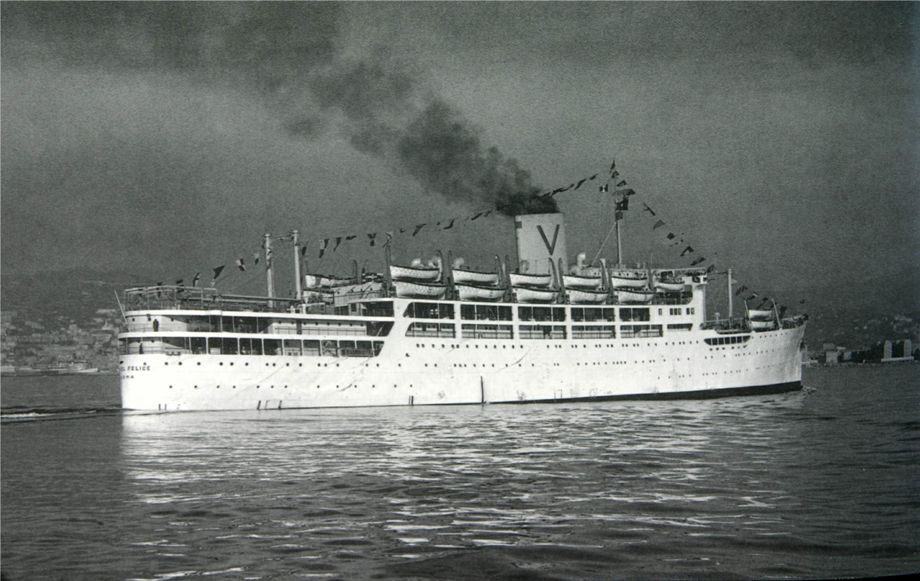
Our voyage was generally pleasant — we were young and on board with a thousand other ‘ten bob poms’ as they were known. It was officially the Assisted Migration Scheme established by the Australian Government to encourage British subjects to emigrate. There was a great sense of adventure and expectation amongst the passengers.
As passengers were boarding the ship, I looked down the gangplank and noticed a beautiful young woman (Sandra) with two children. I said to Don, ‘we’re going to be friends with them’ – well, we are still friends 48 years later! Sandra’s husband was the Ship’s Doctor; he was working his passage back to Australia with his young family after doing Post-Graduate work in the UK. She and her family gave us a wonderful introduction to Sydney.
Castel berthed at Pyrmont; Sandra suggested we stay at the Belvedere Hotel, but it had no vacancy. (Since then the hotel has been demolished to give way to a commercial high-rise building in Kings Cross). Don rang his Australian colleague John Ambler to seek his alternative recommendation. He was living in a wonderful three-storey Paddington terrace house. John, with typical Aussie hospitality said: ‘I’ll be there to pick you up in ten minutes!
John was the perfect host — he drove us around in his MGB for a week, showing us the local sights and we found a lovely little studio apartment in Potts Point to rent.
Imagine $24 per week! What a wonderful introduction to Sydney…
Forty-eight years later, I still feel blessed to be here.
What were your first impressions when the ship came into Sydney Harbour?
I couldn’t believe it – we came through The Heads at six o’clock in the morning on the 17th of May and there was not a cloud in the sky. The shells of the Opera House were already there, yet it wasn’t completed for another six years. We sailed under the Harbour Bridge and I thought ‘we have arrived, we have arrived’. I loved my little house in London but THIS was a vision one only sees in holiday brochures; just beautiful.
What an amazing beginning for both of us.
Hold on a moment – didn’t you begin a Modelling career prior to coming to Australia?
Yes.
Shortly after we married, Don thought I should have a little bit of a life for myself prior to having children, and suggested I try doing some modelling. I said: ‘don’t be ridiculous’. In those days I was really quite shy, but Don persevered. Working in a little restaurant opposite Harrods called ‘The Brief Encounter’ for three months I earned enough money to pay for the Modelling Course and a Portfolio of photographs.
In 1961 there were no Super Models. In the beginning one did showings for manufacturers and/or parades within department stores. I did quite well. I remember one of the girls saying as we were finishing our catwalk work and received our Diploma, “You’re going to be doing this in 30 years time… we are not likely to, because nobody here has your cheekbones.”
That was a lovely compliment and she was almost correct — I modelled for all but the next twenty-five years.
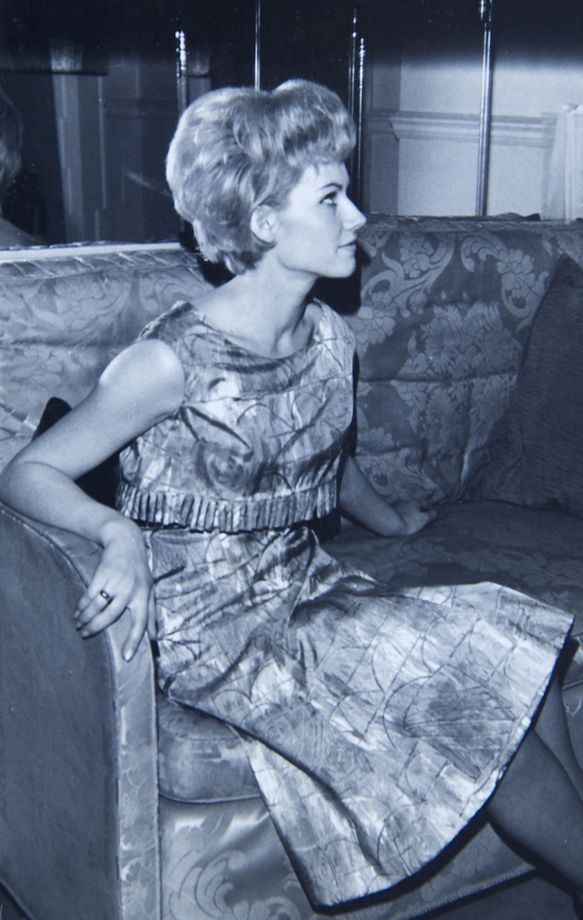
Who were you modelling for – what were some of the brands current then?
In England I was always larger than the ‘normal’ size 10, I was a size 12 — so I did a lot of work for coat and suit manufacturers and swimwear.
My top client was Saga Mink, they are a Scandinavian fur company. In the 60’s they took a group of models (my first overseas working trip) to Switzerland where we modelled at the Suvretta Hotel, St. Moritz – at the fair age of twenty-three it seemed to be like being part of a fairytale.
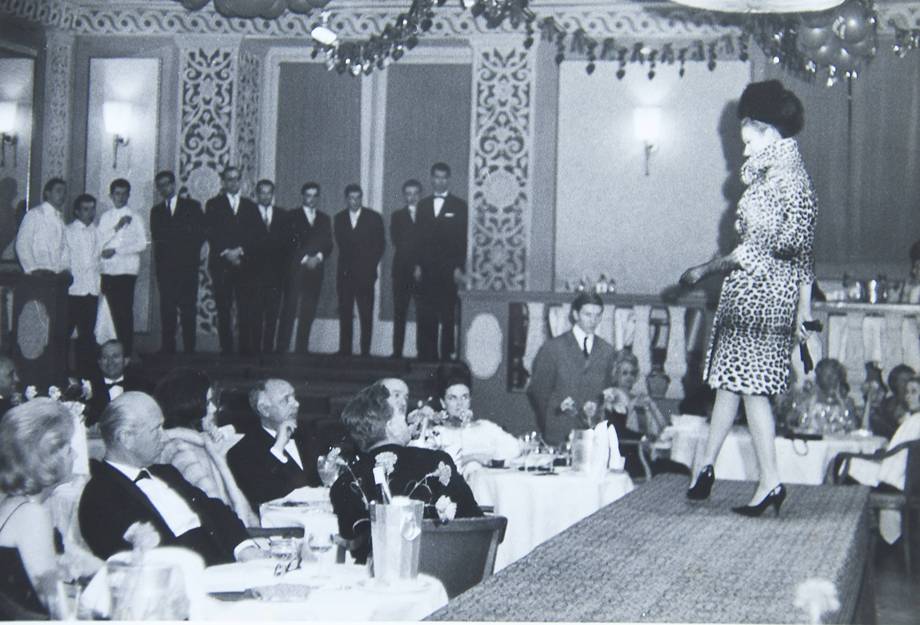
In ‘64 I participated in another Saga Mink campaign that took us to Belfast to promote emeralds, diamonds and minks. On the flight we had the media and security people on board because of the precious cargo (not us!) we were carrying. We did an impromptu parade down the aisle to the applause of very surprised passengers. I even finished up in the cockpit — imagine that happening today!
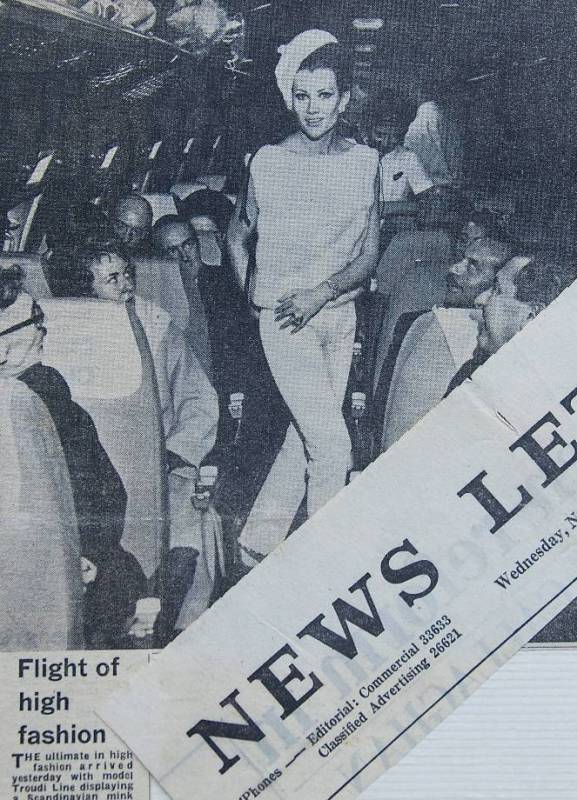
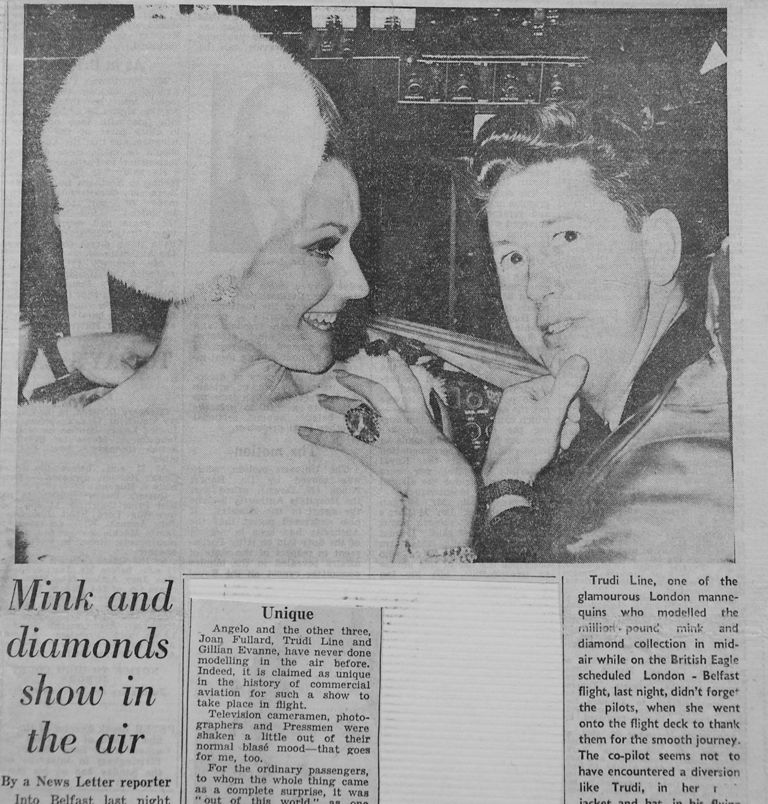
I still have paper cuttings of photographs taken in front of Belfast Castle – white mink coat, white mink beret, emerald and diamond jewels – it was surreal, but also amazing.
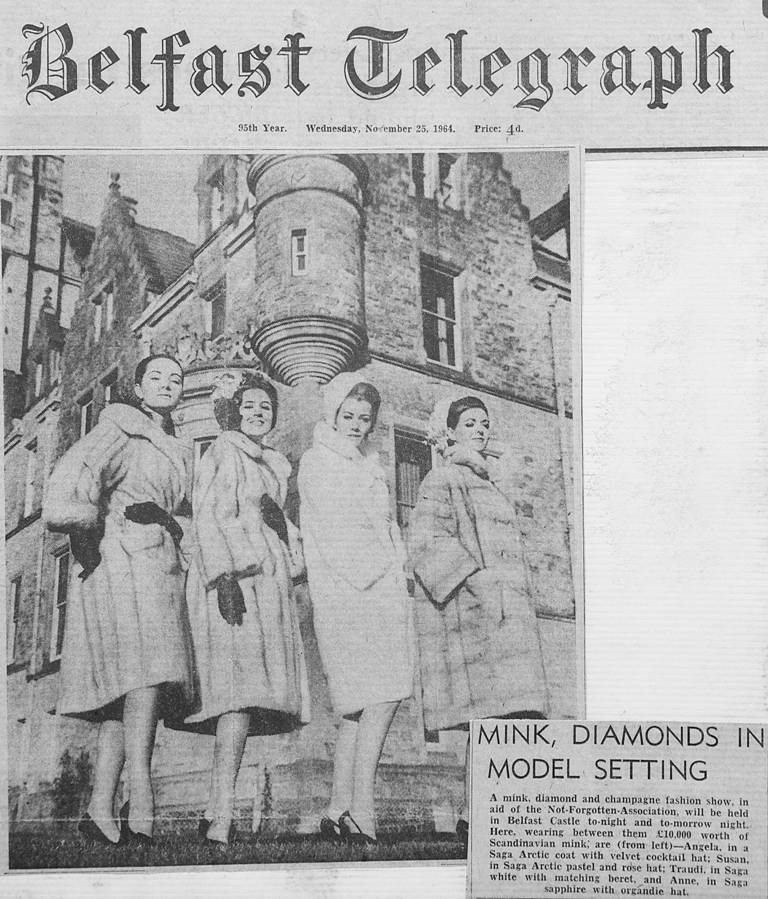
Did you continue with modelling once you came to Australia?
Yes.
Sandra was a great help, as she had previously been a model in Sydney. My hair had turned green from the chlorine in the ship’s swimming pool. Not a pretty sight. I asked her if she knew of a good hairdresser. Although she’d been away for six years she recommended the society hairdresser, Peter Hanlon who had a studio at Kings Cross. His receptionist and then wife was Jan Hanlon, nee Carmody. She looked at me and asked “Are you a model?” – I explained that I had done a little work in London — and she said ‘ok, you must join the new Vivien’s Model Agency.
This is the beginning of another long story. I was one of the first twenty models at Vivien’s.
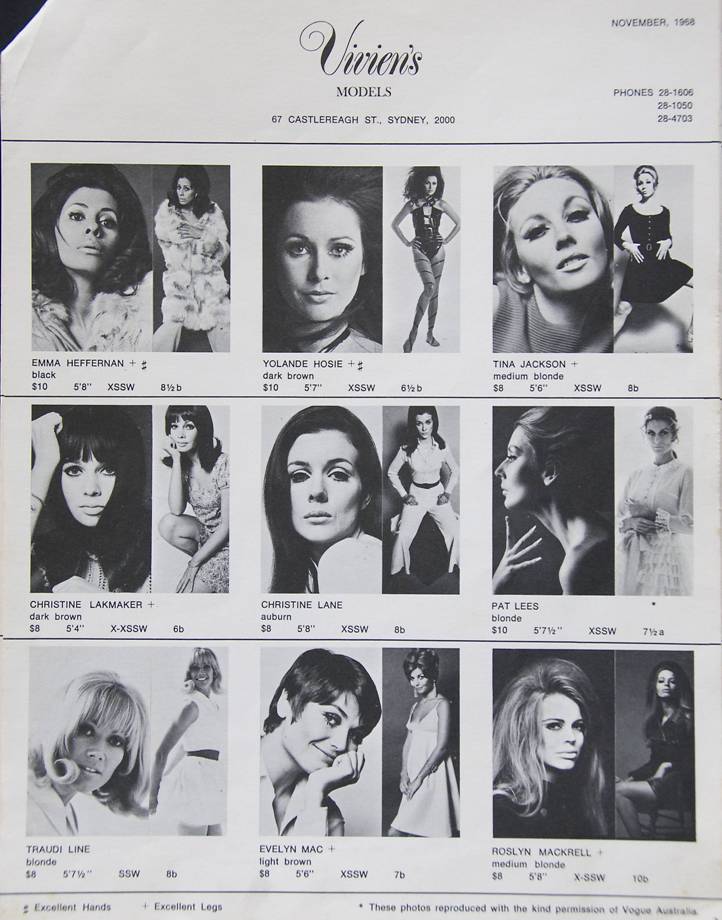
One of my first parades was at David Jones, and not straight-forward because I was always a bit curvaceous – so the Agency sent me to Berlei. I did showings and parades for them as well. At David Jones there were four models: two of us wearing under garments, the other two were modelling evening-wear.
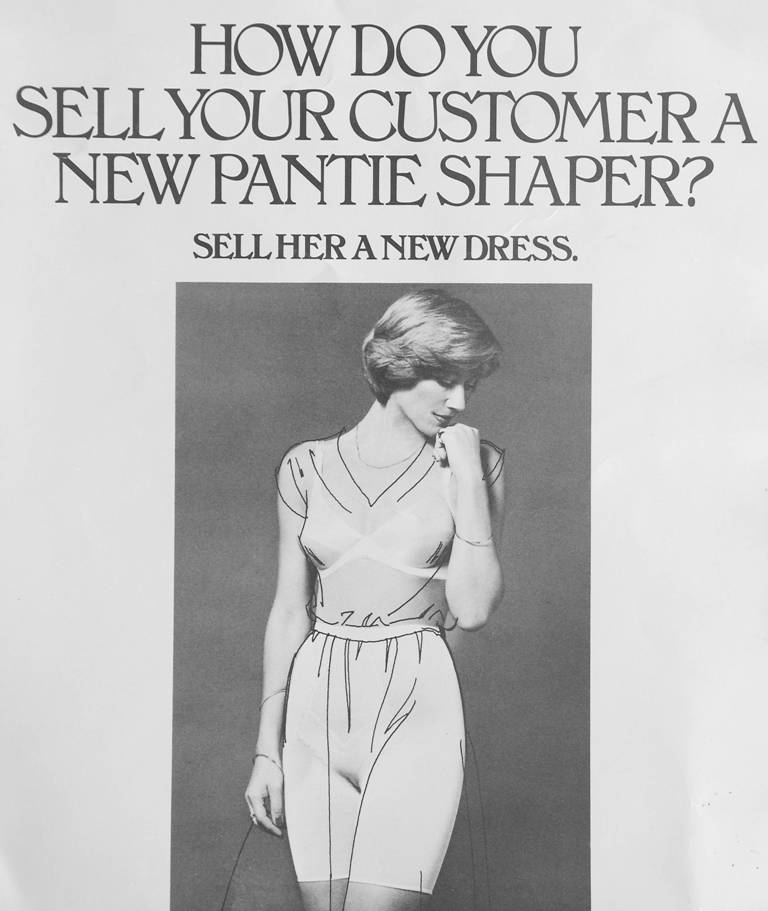
All of us remain firm friends forty-eight years on. I say this to underscore the point that modelling is not necessarily a superficial business. We look after one another, today perhaps even more than when we were ‘at our blooming best’.
Maureen Duvall was the compere, a lady who became the very well-known face of David Jones. One of her sons was a member of the ‘Awesome Foursome’ rowers who did so well – I’ve often had the odd brush with fame! (laughs)
People were a little more conservative then - what was it like doing that kind of undergarment modelling?
It was mainly a female audience and very demure then – there was nothing sexy about it, let me tell you. (laughs) In reality it was about keeping the secrets of the female form just that — secrets.
Was it mainly department store modelling you undertook?
Yes, I did a lot of those assignments – Farmers and Grace Brothers, Mark Foy’s and David Jones. The parades were not always in the city — let me tell you ‘I’ve been everywhere man’… from Roselands to Bankstown to Parramatta to Penrith to Hornsby… and back. We travelled by train carrying shoes, jewellery, scarves and other unmentionables in summer heat. Life was not always glamorous … nor easy (thanks Malcolm Fraser)
I also did some advertising/photographic work and a lot of commercials for cinema and then for television.
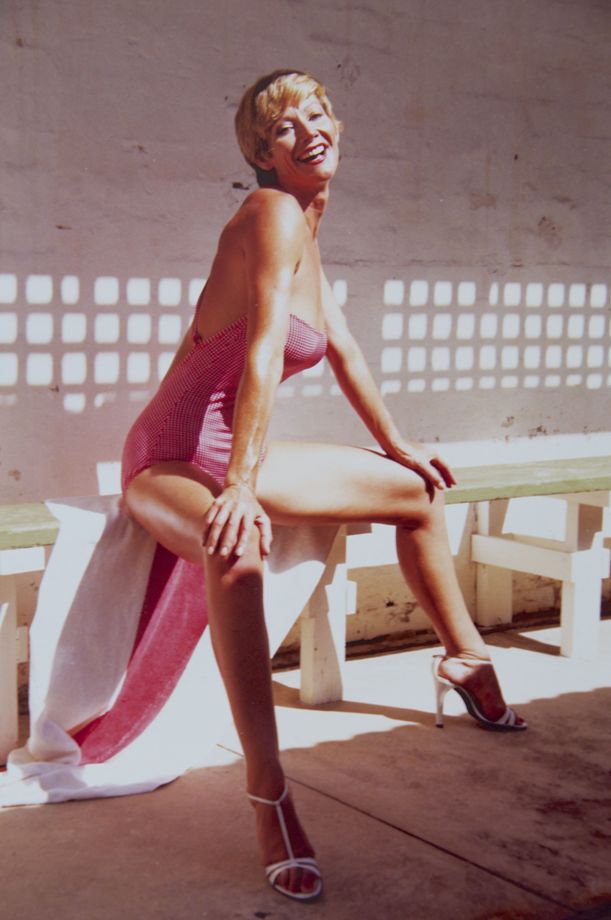
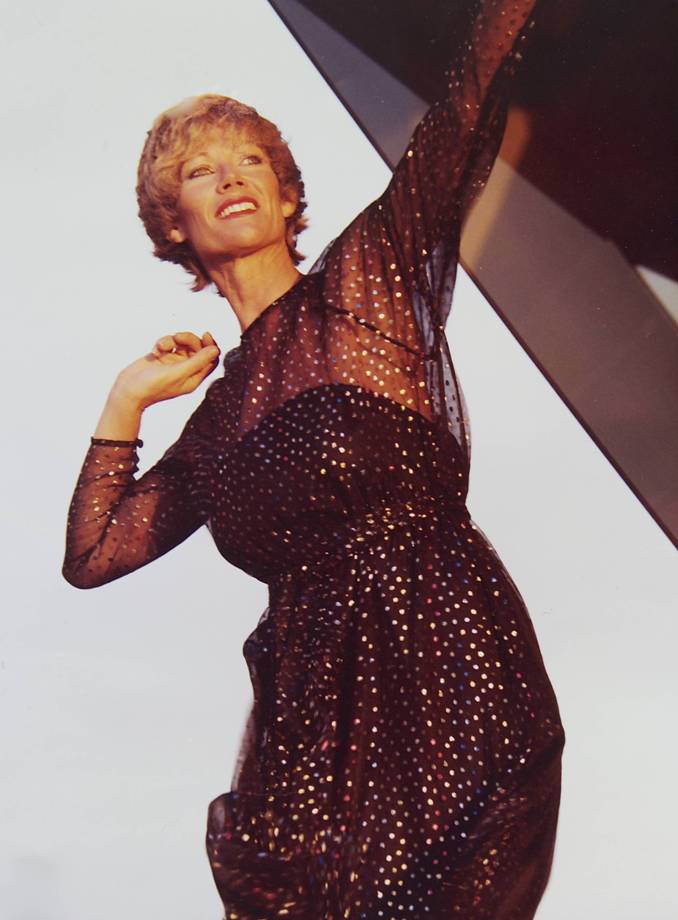
What was the first ‘commercial’ you did?
The first commercial I participated in was regrettable in hindsight. It was a commercial for Kool Menthol Cigarettes (Imperial Tobacco Company). Legally one had to be 25 years old to take part in a cigarette commercial; I was almost 27. The cigarette packets were green and white; we (male and female models) were all glamorously dressed for a white party scene. The clip ran in the cinema. Unfortunately nothing to be proud of — just a sign of the times.
How did you shift from doing department store work to doing this kind of modelling – was it a whole other sphere?
Modelling is all about being able to adjust to ‘demand’, and quickly. I also think I must have had a commercial face and that ‘the hat had to fit so to speak’. One attends many ‘go-see’s (an interview or casting of sorts with the client’s agent), and these can be soul destroying as you think ‘yes, I can do that’ when really there are many others also present, and most are just being processed and quickly sent away.
I remember one commercial from 1977: it was a ‘go-see’ for Singapore Airlines and Asian Affair Holidays to be shot in Singapore. As I was in my mid 30’s – it was to be like a ‘second honeymoon’ advertisement.
Adrian said ‘oh, you’ll get that’. I explained that I went to many a ‘go-see’ and it didn’t often turn out well. In this case he was right – I did get it.
The Singapore assignment was only difficult because of the humidity. The Director looked at me (unhappily) and said ‘that’s not what your hair looked like in Sydney’. The only place where it was ok was in the simulator aeroplane – in the markets and everywhere else it just didn’t look right. But nevertheless, it was a successful job — and it only took four days… not much of a holiday though.
Another commercial I did was for Meadow Lea (also in ’77), it was one of the first runs of their jingle ‘You Ought to be Congratulated’. The script called for a picnic scene on Clontarf Beach with myself, a’dad’, and two children. I remember the gentleman playing the father was actually a handsome young pastor –I found it a bit funny to be frolicking on the beach with a ‘preacher man’.
The assignment paid very little money, only $150.00 – I remember this as they had previously paid an English actress to come here and do the commercial. Her fee was ten thousand dollars and in the end they didn’t use it!
There were no royalties in those days; you were only paid once and this advertisement kept running and running on television and at the cinema. How things have changed!
There were funny sides to doing this work too. I recall getting into a taxi in Paddington — and the driver saying ‘Singapore?’ – he recognised me from the commercial.
During my Australian modelling career I had two important clients. One was Simona, for whom I became a ‘House Model’; this entailed modelling the whole collection each season and travelling for the showings. George and Inga Fonagy were the owners — they were very friendly and generous employers. We modelled, amongst other, for Georges in Melbourne and would also go to Adelaide.
One of the nice things I remember from this time was that most of the prime minister’s wives were dressed by Simona. I was very fortunate to meet Tammy Fraser and Hazel Hawke.
My other main client, whom I still see and am very fond of, is Peter Weiss; he also lives in the Pittwater area. Adele Weiss was his wife then – she designed wonderful clothes and is a lovely person.
What advice would you give to any young aspiring model?
The first thing I’d say is: be realistic; be aware that there is nothing really romantic about this work. It is, at the end of the day, a job. You must get up every day and do the work. It may appear glamorous, and at times it certainly is, but it is also hard work.
I think it is even more difficult nowadays as there is so much competition for every job. It may be amazing for the select few who reach the top of the profession, but for the majority, it will not be a long lasting career.
I’m glad that the emphasis on tiny-sized, school aged models has changed in recent years; and that the ‘bean pole’ stereotype has been criticised. I’m sure the reason many girls career’s stall early, is that they were following those preconceived requirements.
On reading Grace Coddington’s memoir, (she is now assistant Editor, Vogue America) I realised our career parallels in London were similar – she was also part of the exciting Jean Shrimpton/David Bailey era. Grace and I both attended Cherry Marshall’s modelling school off Bond Street.
What would an average day for a model be in the early 1960s?
‘Showings’ began at about 8:30am — as some clients could only come before or after their shops had closed. A working day could extend quite late into the evening. Our Melbourne schedule , for instance, would be for five days, and in Adelaide it was generally three. Brisbane clients would fly to Sydney for showings here.
Fortunately I didn’t have to diet in those days —as I have always liked cooking and enjoyed a wide variety of foods!
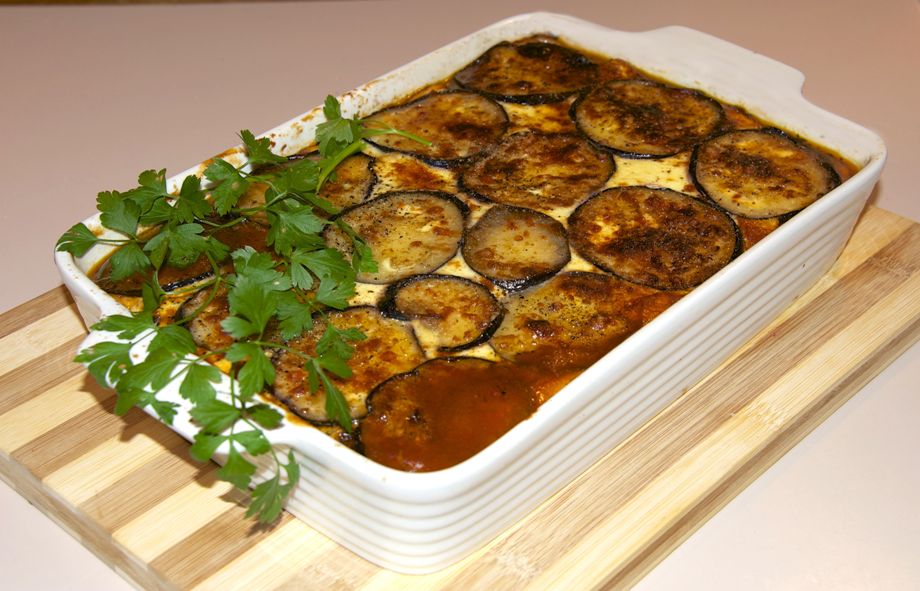
So the clients wanted healthy looking models?
Absolutely. I often find articles in the press where people are complaining about the size or immaturity of models. This was not the case during my days in this industry.
What is your connection to UTS?
Twofold.
My then husband Don had a friend, Gordon, who was a colleague at Westfield.
Gordon was an academic at what was then the NSW Institute of Technology, (now UTS).
In 1972 my marriage unfortunately broke up. In the fullness of time Gordon and I bought a house in Paddington. We enjoyed seven exciting years in that unique suburb in the seventies. I loved that period; Paddington was so central — I could walk everywhere. Gordon also introduced me to the Arts: the Ballet, concert season tickets, Opera and theatre, galleries and architecture. I hadn’t experienced that sort of cultural life during my upbringing — and I just loved it.
Unfortunately the good things in life don’t always continue.
A holiday cottage at Palm Beach. Was that your idea? – how did you find that lovely little place?
This question includes my second ‘connection’ with UTS.
A new man Adrian, and I started courting in 1979. I was renting an apartment in Rushcutters Bay and he was living in a gorgeous little terrace house in Chippendale. It became obvious that we really wanted to live together, but his place was too small for two people, his large dog Pek-Pek and an office.
My girlfriend Heidi, an Austrian photographer, owned a weekender at Whale Beach and offered us its use anytime; she said: ‘here’s the key’. One weekend we were all having lunch at her place; the house in Paddington was sold and I said to Adrian: ‘why don’t I look for a little beach house on the peninsula?’
That was November 1979. I began looking and looking and looking! Over the next eight months I viewed literally hundred of houses from Mona Vale to Palm Beach. Adrian ‘inspected’ several — and he would say things like: ‘nuh-uh – this one is falling down the hill’ or ‘look, you can put your fist through the wall here, it’s rotten’.
Finally I hit the jack-pot. The location was amazing — panoramic views of Pittwater and little boats in the foreground — it was so idyllic that I didn’t even go down to the house.
My heart started pounding like it had never pounded before. I ran to the phone box, this was well before mobile phones of course, and called the agent. Then I called Adrian and said: even if we have to live in a tent, this is the place for us. When he saw it for the first time, he agreed!
Over the years Adrian put in a lot of blood, sweat and tears renovating the c. 1929 fisherman’s cottage creating the most beautiful home and tropical garden.
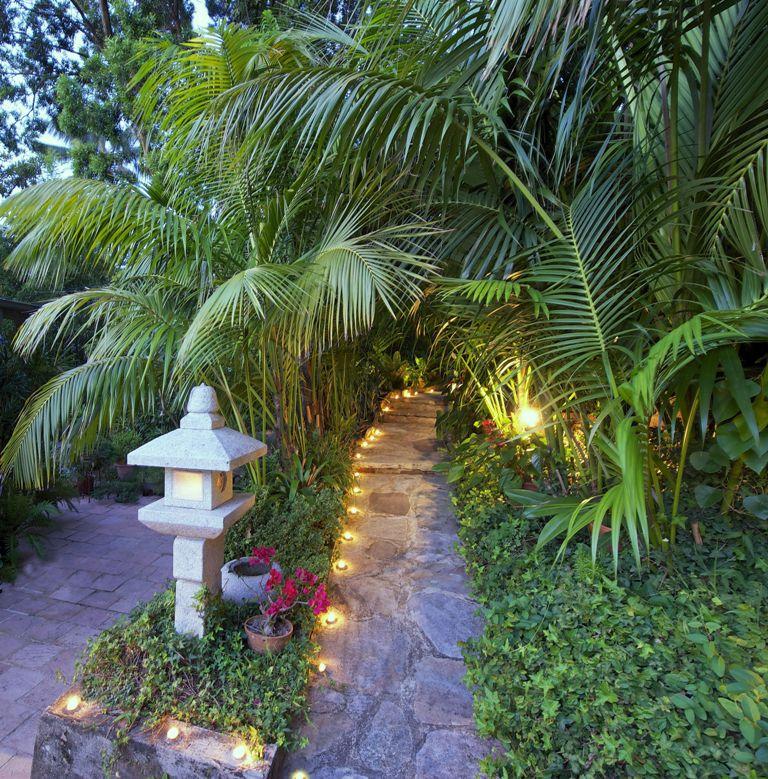
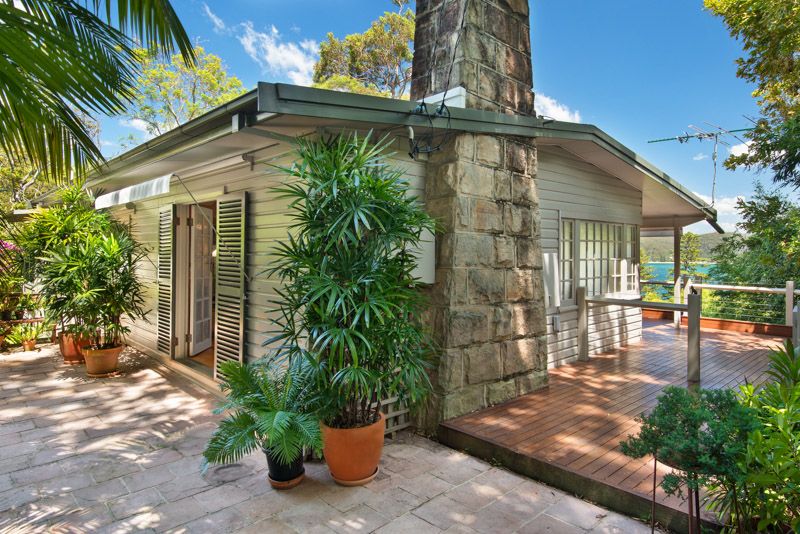
Adrian tells me you’re a proficient swimmer – where did that begin?
Unlike Australian children I didn’t learn to swim ‘freestyle’ in Germany.
In ’85 I went to the Rock Pool at Palm Beach. I stood there watching the ‘legendary’ Johnny Carter teaching all those little children to swim in the school holidays.
I approached him with some trepidation and asked if he taught adults. He said ‘well…’
Then I explained I really wanted to learn to swim ‘properly’. He gave me three half-hour lessons, told me I was a natural, and said ‘off you go and practice’.
From then on I trained, kept going until May and it became a bit too cold. I tried a wetsuit but didn’t like the weight of it. Kept swimming more and more laps the following season — then registered for the Palm Beach to Whale Beach swim – The Big Swim.
Wow – how long did it take you?
One hour, three minutes and twenty seconds! I remember every stroke in the huge swell. The Police Boat said at one stage: go back you’re swimming to New Zealand. It sure felt like it… blue bottles, sea-sickness and all.
How did it feel accomplishing all that within one year of taking up swimming training?
It was a proud accomplishment to meet one’s own challenge — especially at forty-five. I was a bit annoyed with you-know-who, as he was meant to be paddling alongside me on his surf ski and when I turned into Whale Beach there he was with five other women, suffering from nausea, hanging onto his ski – and I was also feeling sea-sick but never mind me, I’m just the wife. I kept going and swam around him and headed into the beach.
It was funny, a gorgeous memory really. I still swim at Palmy’s Rock Pool, even though we now live in Avalon.
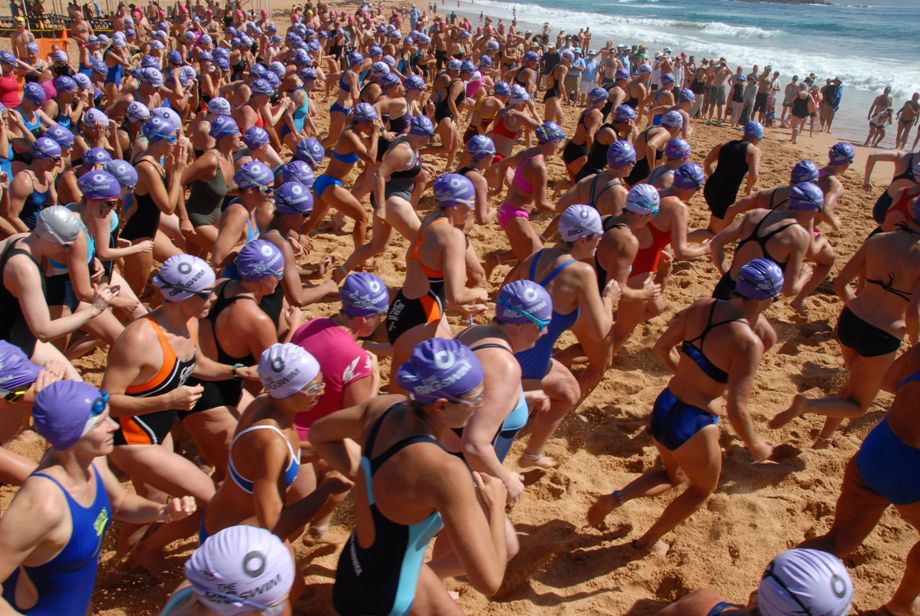
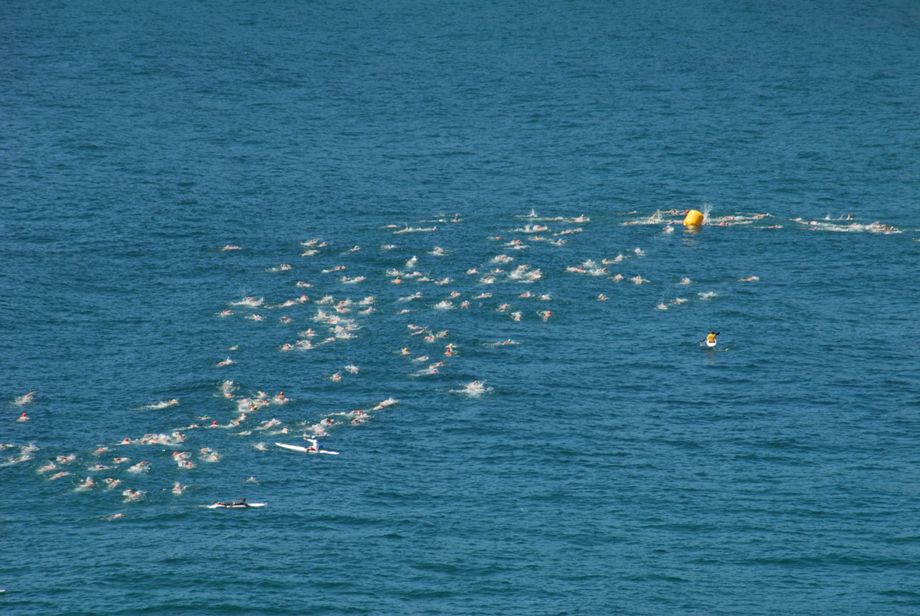
In looking back over your working life, what would be three highlights?
We’ve already discussed modelling in some detail — and there were lots of highlights in that phase of my life.
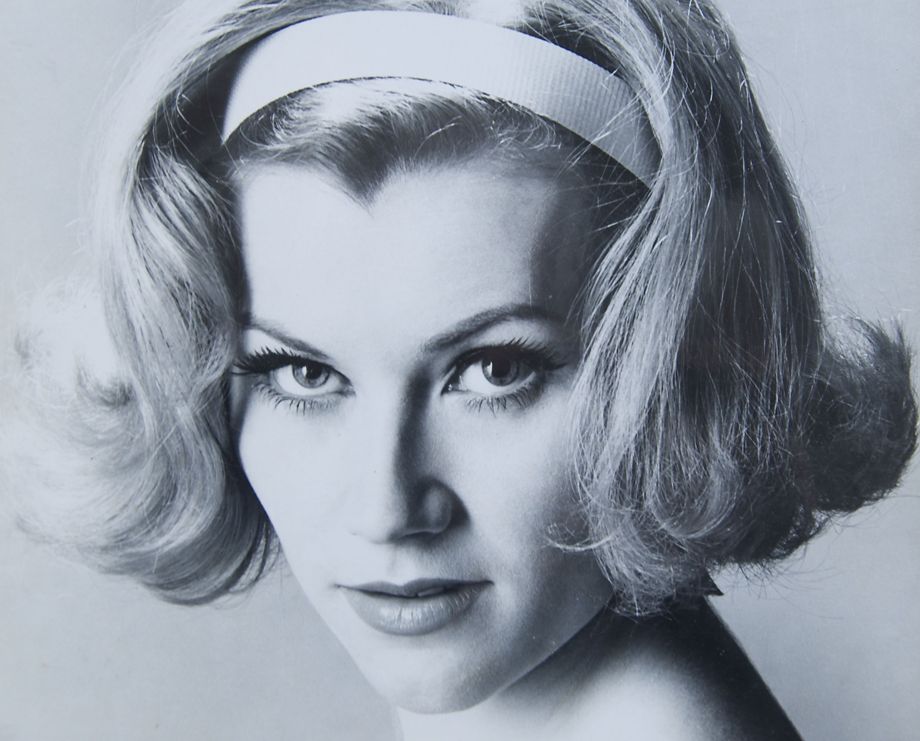
I should also mention some other nice experiences.
When I bought our Palm Beach house I felt extremely fortunate. I felt I should give something back to society — so I became a ‘Pink Lady’ at the Camperdown Children’s Hospital — and did this for three years. I would walk from Redfern to Camperdown every Tuesday. Most volunteers were elderly, I was one of the youngest and they sent me to the Neurological Ward to be with children with terminal illnesses. This was emotionally confronting but once again I received more than I gave — the experience was really rewarding.
I remember one little girl — she was only 13, she had a tumour behind her eye. The two of us just ‘clicked’. Her parents sought me out after she died because they knew we were very close.
I thought perhaps working with children may have been my calling — and so enrolled in an Early Childhood course in Newtown. Unfortunately the program was very ‘Teaching’ oriented. I really wanted to be in the Caring Profession. Part of the course required us to do practical work in schools and kindergartens (one of which was the KU at Avalon). This gave me enough experience to work in those centres as a helper. I enjoyed this for several years.
We had moved to Palm Beach permanently by now. I began looking around for something else to do and found a course advertised for ‘Tour Guides.’ Tourism suited me well, as I already had German as a second language. This led to me to be a Guide for incoming groups of German, Swiss and Austrian Tourists. I would take them on local tours – the City of Sydney, the Blue Mountains etc. One such trip was for a group of overseas doctors who were here for a conference. I was fortunate to take them to Heron Island.
Although the three years I worked in the travel industry were rewarding, tour guiding proved exhausting as we lived such a long distance from the airport and international hotels.
My final career move was as a Carer in ‘Aged Care’ at Seabeach Gardens, Mona Vale — filling in for a friend who had taken short-term leave. This led to securing a similar position at Pittwater Palms, where I stayed for nearly ten years. To me, that was my most rewarding job. I found the residents (and staff) there were so interesting, they had lived such amazing lives and were very generous in sharing what they had experienced and achieved.
I would regularly take them on outings; one excursion that stands out was a morning on Balmoral Beach where we saw two whales breaching in front of us for an hour – ‘the oldies’ just loved it and so did we.
Another highlight, for me and many Australians, is overseas travel.
I spent five months travelling through South America in 1976. The highlight of this trip, was Peru’s mountainous Machu Picchu — a very spiritual place. We were fortunate to stay adjacent to the Inca ruins on a full moon night – wonderful. The next day we walked the Inca trail. The panorama; the butterflies; the stone buildings; the ascent to one of the peaks — it was truly unforgettable.
Antarctica, too, was a highlight. Ever since I was a little girl I dreamt of being a migratory bird, wanting to fly as far as possible – Antarctica was as remote as I could possibly imagine! So, not only was the icy landscape and wildlife very beautiful — it also represented achieving one of my childhood dreams. Adrian joked at the time: ‘don’t be ridiculous; you are a bird, and you migrated to Australia!’ In fact migrating to Australia was the key to these collective travel and life experiences.
For years I was aware that I had no tertiary education. Now, on reflection, I realise I have been fortunate to travel to most parts of the world (other than Africa and Scandinavia). This has been an education the classroom cannot provide — and one I’m so pleased to have received.
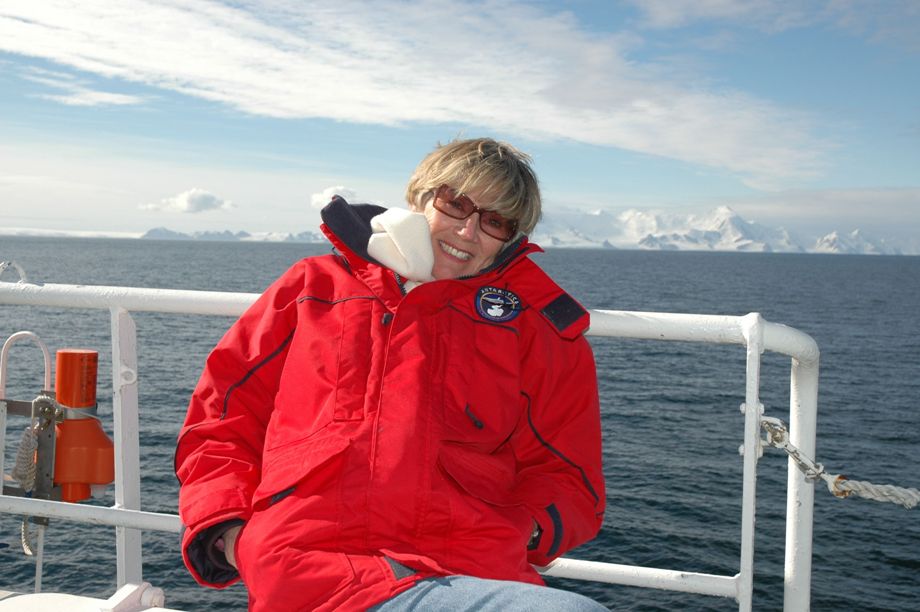
Which is your favourite place in the world?
I’ve been fortunate to enjoy many different environments — so it’s not possible to say which is the very best.
Because I’m a ‘people person’, I would have to say Australia and Sydney in particular is top of my list.
Beyond our shores — Antarctica; it is such an extreme and beautiful place — probably my most memorable adventure of my life.
On the theme of snow and ice — the Australian Alps, with brilliant snow gums and diverse wild-life, is also a fabulous winter experience. We have generous friends who give us access to their Thredbo apartment — and each year we enjoy fresh and uplifting ‘frozen landscapes’.
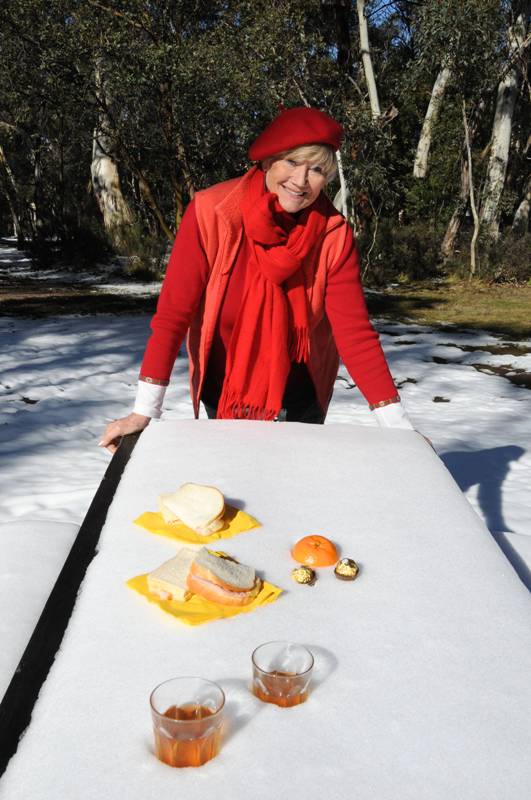
I love Japan too. It is a land of extremes: forested mountains, traditional temples and shrines, dense modern cities, funky fashion, polite people and superb food. Their train system is awesome; the ‘Shinkansen’ (high-speed trains) are well appointed (like aircraft) and punctual to the minute.
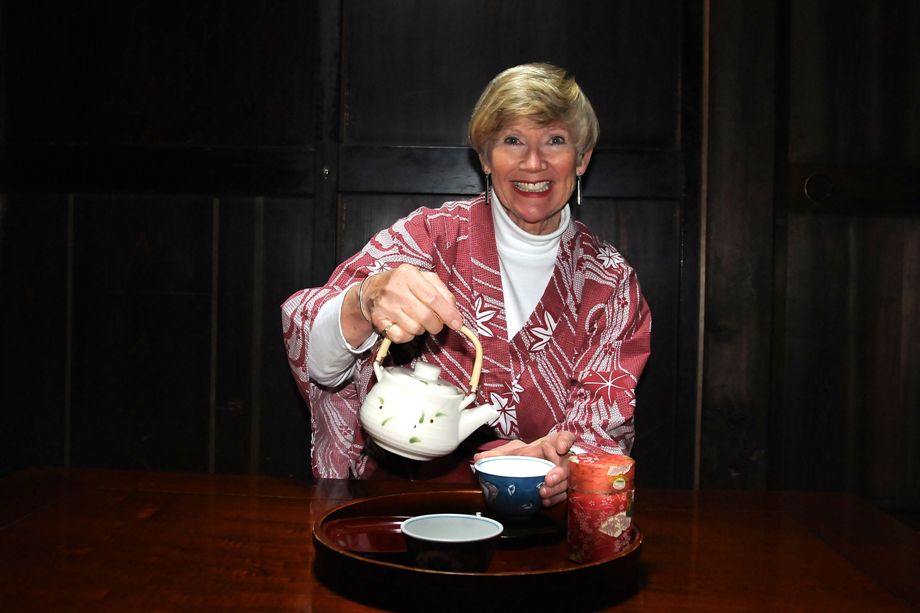
I notice your dog is never very far from you. How does he add to your life?
My involvement with dogs began with Adrian. He is always joking that he is the mongrel and ‘we’ are the pedigrees. In the 1970’s Adrian owned an Afghan hound (Pek-Pek) in his tiny Chippendale terrace house. PP was extremely beautiful; however, being a hound, he was always an escapee. He was the star of many expensive dramas — too many to discuss this morning. Following PP’s passing we’ve had three black standard poodles. They are excellent house dogs — no smell, not much hair-shedding, and being retrievers they are always ‘there’ for you. The current dog is always ‘the best’ — and Duke is certainly top of the charm school. We moved to Avalon just over a year ago — and Duke has been instrumental in us meeting the neighbourhood. To answer your question: dogs add to our collective social life — they also have their own ‘time-table’, and good owners must respond to this. Understanding dogs can give you a wider, more patient understanding of life.
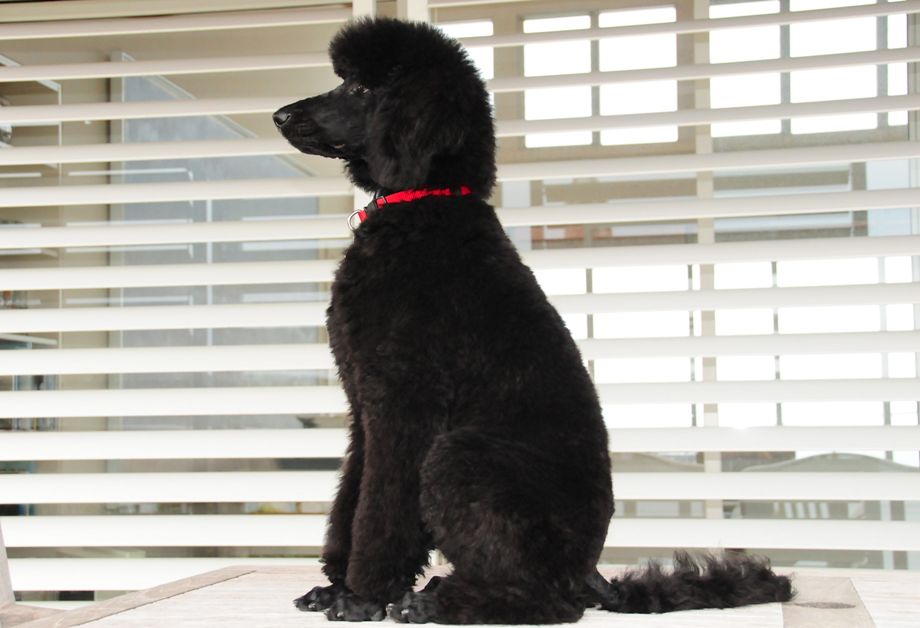
Do you have a favourite recreational past-time?
Yes I do actually.
I play bridge every second week with eight other women who live or lived in the Pittwater area. Looking at the picture you might think we are ‘ladies who lunch’ — well we do — but that is not the real purpose of our gathering.
Most of us met at the Narrabeen Bridge Club way back in 1997. We all just ‘clicked’ — you might call it ‘love at first sight’. Some of us came as a group of two, others were adventurous enough to come alone, alone we did not remain!
This ‘togetherness’, call it ‘sisterhood’ is a real sign of friendship — and we support each other to the enth degree.
Whilst we play bridge quite seriously, we live to have fun. Each years we enjoy two ‘trips away’ for 3 days: Ettalong in the summer, the Southern Highlands in the winter. We have hundreds of photos to prove it! including a ‘trophy’, as yes, we are quite competitive! We all love the game and the supportive friendship.
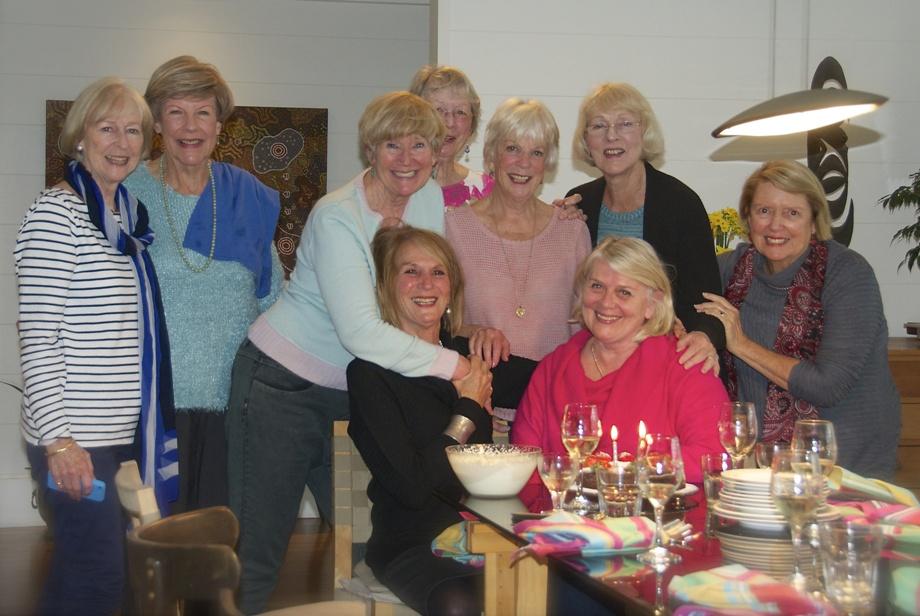
What are your favourite places in Pittwater and why?
Palm Beach – for years I just stayed in our little cottage and looked and looked at the Chase across Pittwater. We also love bushwalking — and so have taken the ferry across to the Ku-ring-gai Chase National Park, disembarked at The Basin, and taken many a walk on the tracks there. Walking down into Mackerel Beach has always been a favourite, or out to West Head.
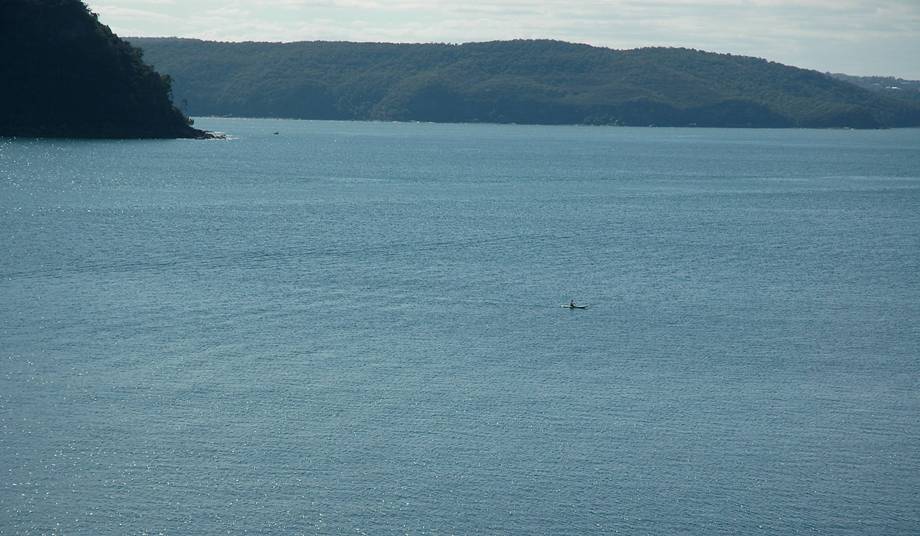
I can’t tell you how many times I’ve walked up to Barrenjoey Lighthouse – that is a firm favourite and relatives and friends who have visited from overseas are taken there first.
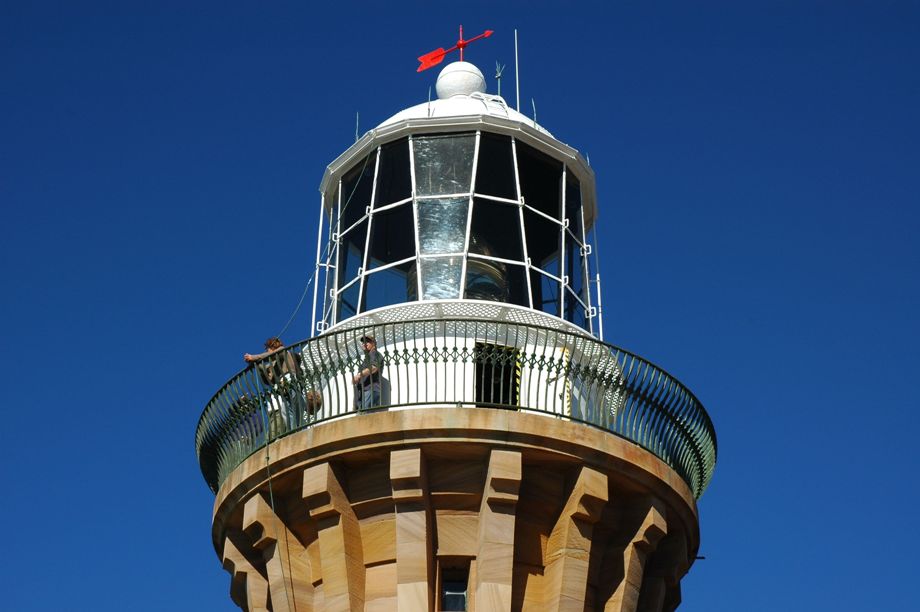
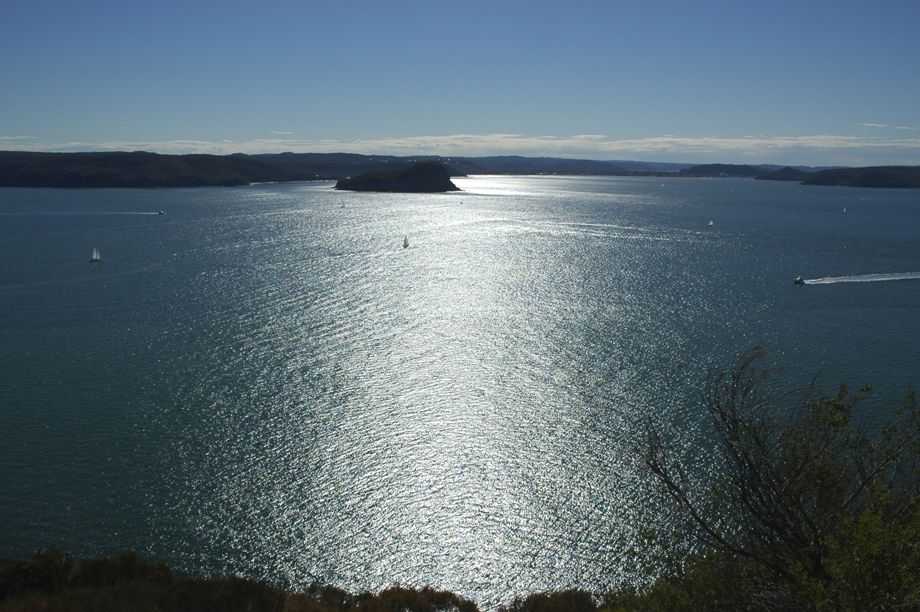
What is your ‘motto for life’ or a favourite phrase you try to live by?
Be honest to yourself and therefore, to other people. I think a single word: ‘honesty’ could be my epitaph.
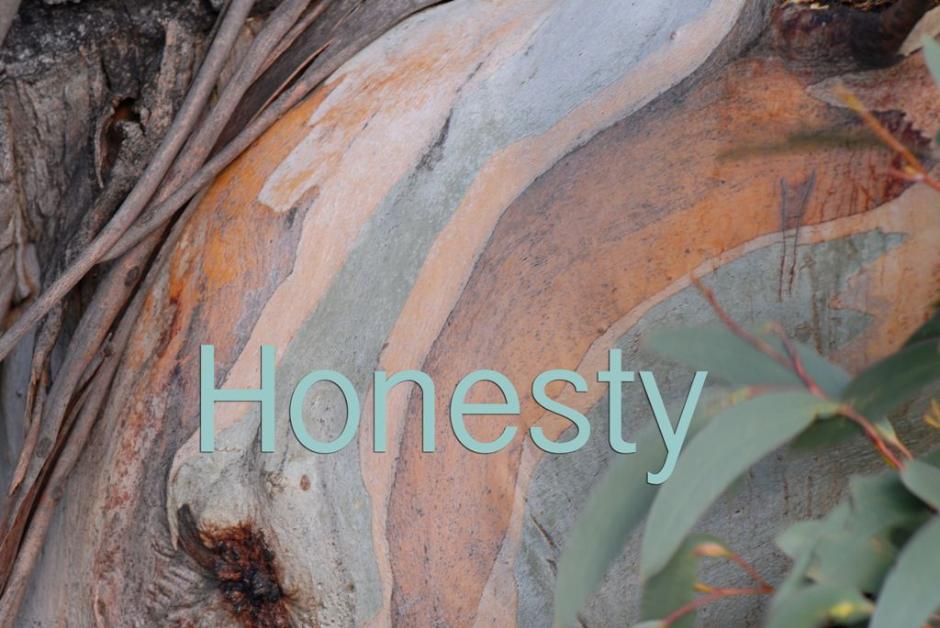
Copyright Traudi Line, 2015.